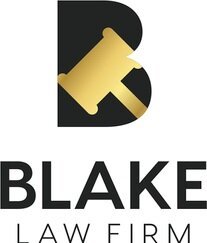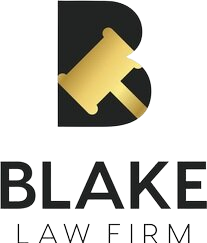RESIDENTIAL HOMEOWNER ASSOCIATION ASSESSMENTS: WHY IS MY MONTHLY ASSESSMENT MORE THAN MY NEIGHBORS?
For an association of planned development, also known as common interest developments, to raise revenues for its operations, it is necessary and authorized by California law that the association impose assessments on the lot owners. Associations in California routinely charge fixed monthly fee assessments to their members. Assessments must be fixed at a level that will reasonably ensure the availability of funds necessary to manage, operate, and maintain the project, including administration, maintenance, repair, and replacement of common areas and facilities, and insurance. The association must set forth the procedure for calculating and collecting regular and special assessments. (See Cal. Code Regs., tit. 10, §2792.8(a)(4) and (a)(5)for residential projects.) Common interest developments are required to levy assessments that are sufficient to perform the obligations of the association under its governing documents and under the Davis-Stirling Common Interest Development Act. (Civ. Code §5600(a)et seq.)The homeowners’ monthly fee assessment is normally the same amount for each homeowner, except under certain circumstances, which allow an association to charge a particular homeowner additional fees.
The California Department of Real Estate (“DRE”) is the governmental agency that regulates the calculation of homeowner assessments. The DRE requires that assessments be allocated equally for residential projects. (Cal. Code Regs., tit. 10, §2792.16(a).) Assessments should not be allocated based on appraisals by the county assessor’s office, because to do so would result in inequitable assessments due to the effects of Proposition 13. The DRE requires assessments to be levied on an unequal basis for residential projects under its jurisdiction only under certain circumstances. For instance, if a lot owner will derive as much as 20% more than any other lot owner in the value of common services provided by the association, the DRE criteria require that assessments should be at least partially proportionate to the value of the common services furnished to each lot. (Cal. Code Regs., tit. 10, §2792.16(b).) If the variation in the value of services derived by the owners is less than 10%, the DRE will generally require that the assessments be prorated equally. If the difference is between 10% and 20%, it becomes a matter of discretion, and that discretion is usually exercised by an appraisal specialist in the DRE who reviews the project budget prior to the issuance of a public report. Assessments for common area maintenance, such as landscaping and recreational facilities, and for other common area improvements are always prorated equally. Assessments for the exterior maintenance of dwellings, reserves for replacement of roofs and exterior painting of dwellings, and insurance on dwellings covered under the association’s master policy should be prorated, usually based on interior square footage, if there is more than a 20% variation in the cost or value of services provided.
Therefore, it is important for associations to periodically review assessments charged to homeowners and verify that they are correct and/or need adjustment. It is equally important for homeowners to review their monthly association statements to ensure that they are not being charged double monthly fees or for services that do not pertain to their particular lot.
HOA Assessments are a complex and detailed statutory structure. The information above is by no means exhaustive, and does not, and is not intended to, constitute legal advice. All information, content, and materials are for general informational purposes only and do not create an attorney-client relationship. The experienced and knowledgeable attorneys at Blake Law Firm are available to help you navigate HOA Assessments, foreclosures, and other real property concerns.



